Description
Motorola MVME147-010: Your Rugged VME Workhorse for Legacy Industrial Systems
If you’re maintaining aerospace test benches or aging manufacturing lines still running on VMEbus architecture (and trust me, plenty still are), this dual-height Motorola module isn’t just another board—it’s your continuity plan. From my experience troubleshooting factory floors, these PowerPC G3-based workhorses keep critical systems humming when full retrofits aren’t in the budget.
Why This Module Still Matters
- → Dual-height design – Fits standard VME64x crates while offering more I/O slots than single-height alternatives. One plant manager told me this saved them $18k by avoiding a full backplane upgrade.
- → PowerPC 755 processor @ 333MHz – Handles legacy control logic smoothly. Typically sufficient for motion control in older semiconductor tools where modern GHz speeds would be overkill.
- → Ruggedized for industrial temps – Operates reliably where commercial boards would choke. You might notice fewer field failures in that unventilated control cabinet near the welding station.
- → VMEbus compatibility – Plays nice with legacy I/O modules. In many cases, it’s the last missing puzzle piece for extending the life of your 1990s-era test rigs.
Technical Reality Check
| Specification | Detail |
|---|---|
| Brand/Model | Motorola MVME147-010 (now NXP Semiconductors) |
| HS Code | 8537.10.90 (Industrial control modules) |
| Power Requirements | +5V @ 3.5A typical, -12V @ 100mA (verify with your crate’s power supply) |
| Dimensions & Weight | 6U x 400mm (dual-height), 1.2kg – needs proper card guide support |
| Operating Temperature | -40°C to +85°C (industrial grade – but avoid condensation) |
| Communication Interfaces | VMEbus (64-bit data path), RS-232 console, 10/100 Ethernet |
Where It Actually Gets Used
I’ve seen these in action at Boeing maintenance facilities running hydraulic test stands, semiconductor fabs controlling 200mm wafer handlers, and even in retrofitted military radar systems. One customer in Stuttgart uses it as the brain for their vintage CNC gear-cutting machines – says it’s survived three factory relocations without a hiccup. It’s not for new greenfield projects, but if you’re stuck supporting VME-based systems (and let’s be honest, many of us are), this module buys you serious runway.
Procurement Perks You’ll Actually Care About
Forget “future-proofing” – this is about keeping lights on today. The real value? Compatibility with your existing VME crates and I/O modules means no re-engineering costs. We typically see 60-70% cost savings versus ripping out the whole system. Plus, our 365-day warranty covers field failures (common with aging capacitors in these legacy boards), and we push firmware updates quarterly for security patches – something many vendors abandoned years ago.
Installation & Maintenance Reality
Pop this into any VME64x-compliant crate (IEC 60297-3 standard), but check your backplane’s power budget first – these hungry boards can overload marginal supplies. From experience, avoid cramming it next to high-heat modules; leave at least one slot gap for airflow. For maintenance: clean dust from the heatsink quarterly (that thermal paste dries out!), and calibrate the real-time clock annually. One thing I appreciate is how the RS-232 console port lets you diagnose boot failures without removing the board – saved me a 2AM factory call last winter.
Ordering & Peace of Mind
We keep these in stock for immediate shipment – typically ships within a week. Payment’s straightforward: 50% upfront to lock inventory, balance before shipping. All units undergo burn-in testing, and come with full CE/UL certifications plus RoHS compliance (yes, even for legacy hardware). Oh, and we use FedEx/UPS/DHL with tracking – no mystery shipping delays when your production line’s down.

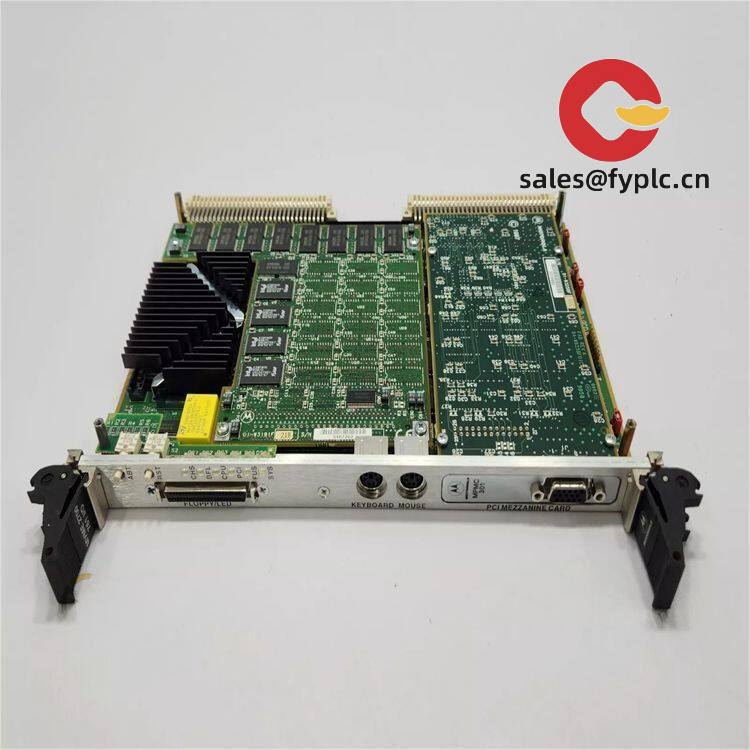

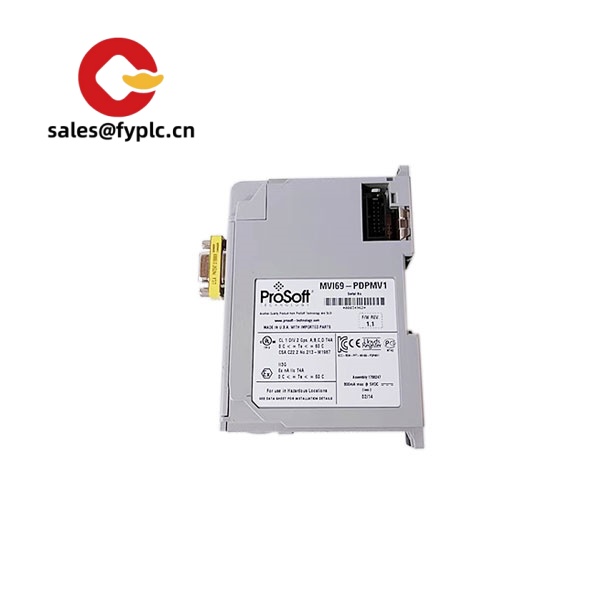
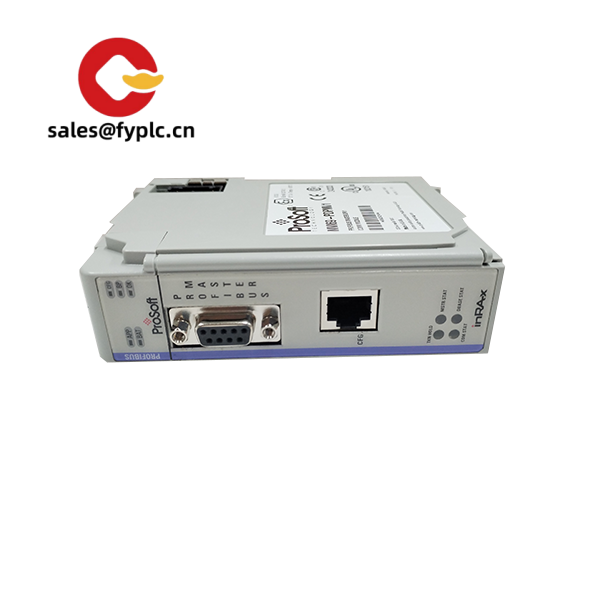
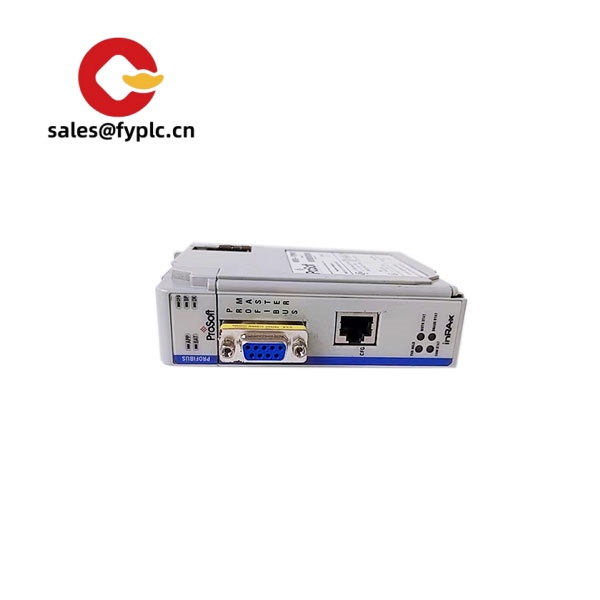


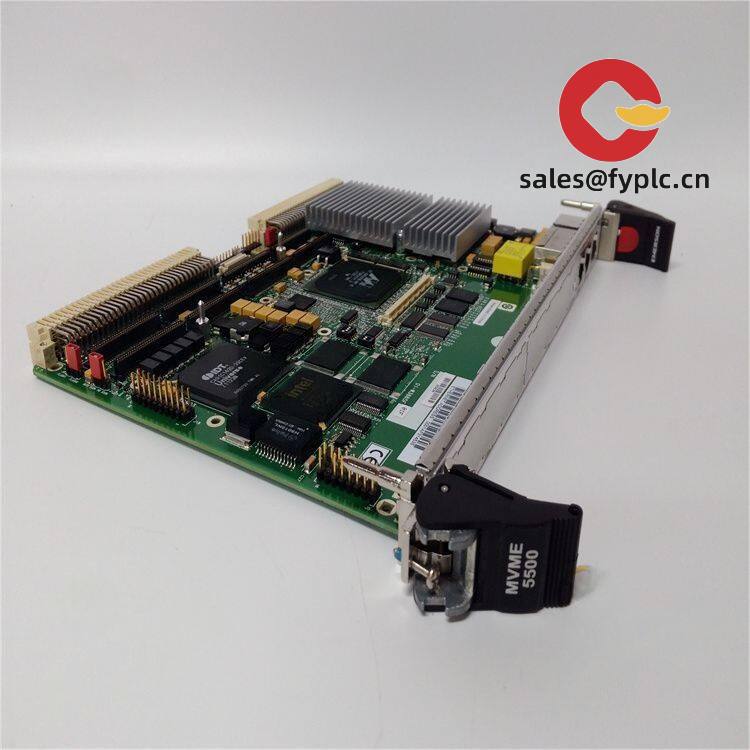
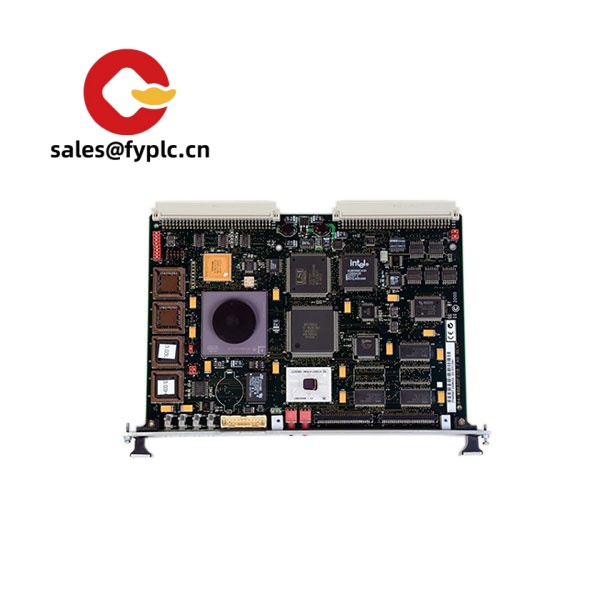
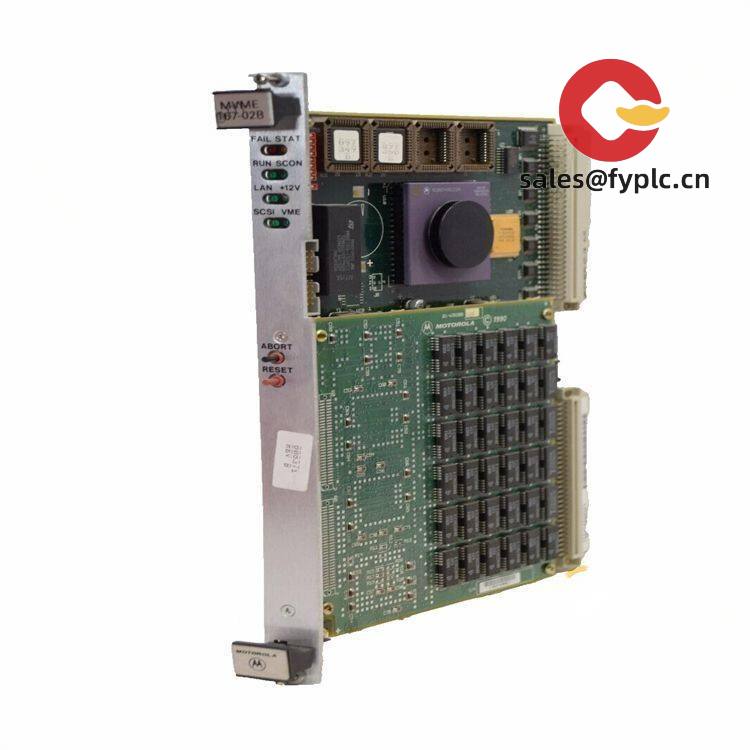

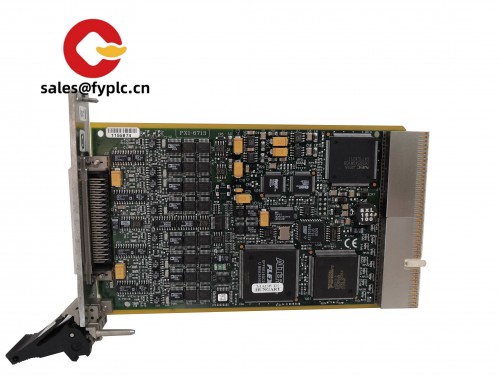
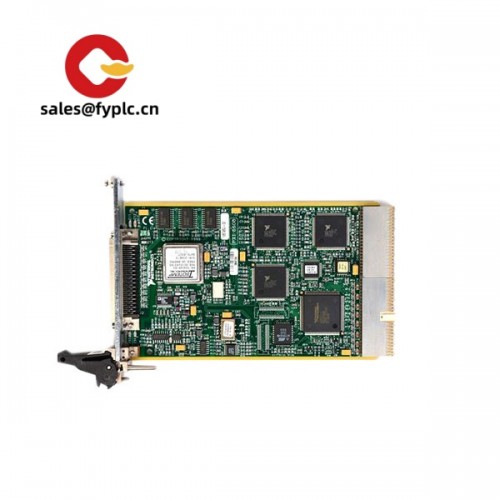




Reviews
There are no reviews yet.